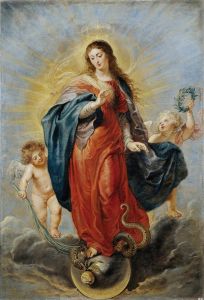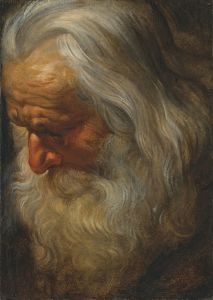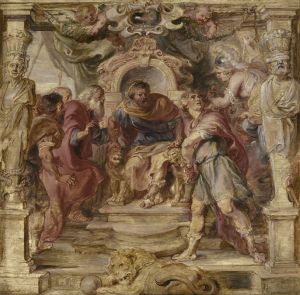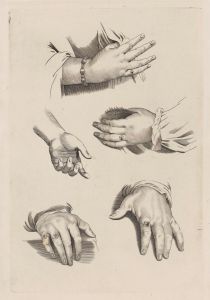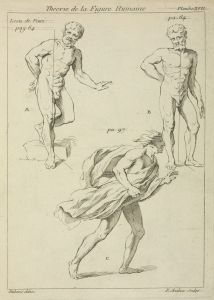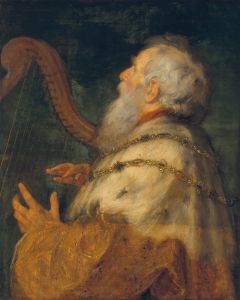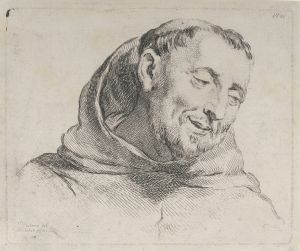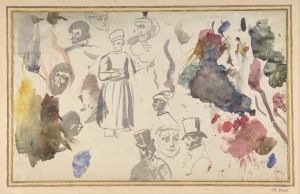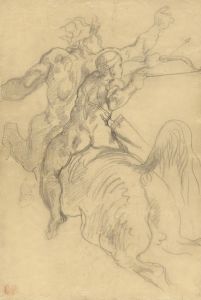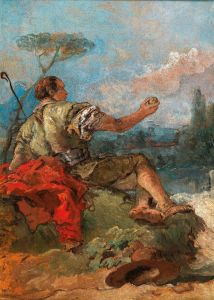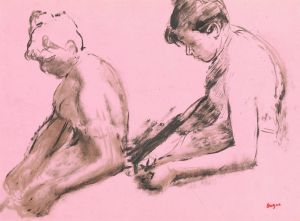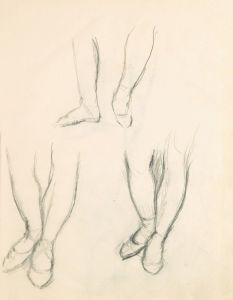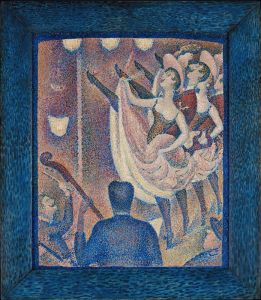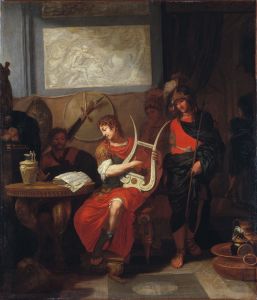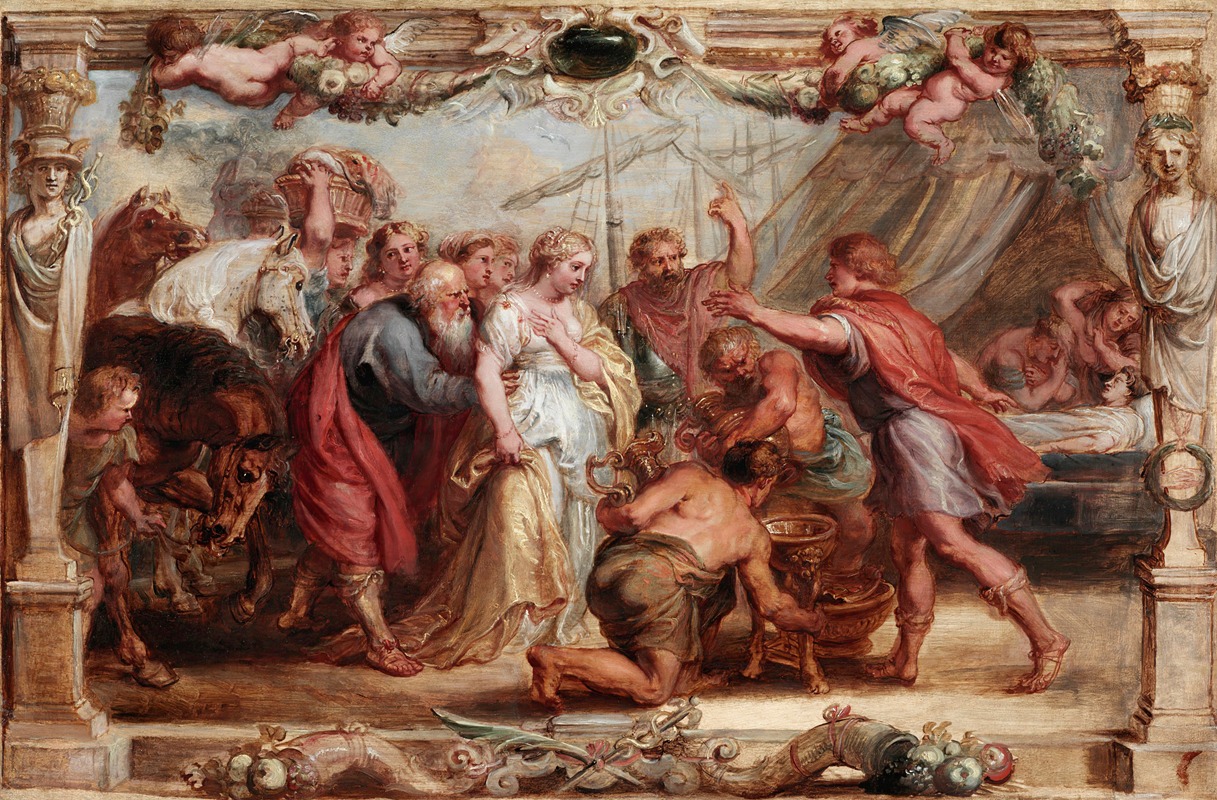
Briseis Given Back to Achilles
A hand-painted replica of Peter Paul Rubens’s masterpiece Briseis Given Back to Achilles, meticulously crafted by professional artists to capture the true essence of the original. Each piece is created with museum-quality canvas and rare mineral pigments, carefully painted by experienced artists with delicate brushstrokes and rich, layered colors to perfectly recreate the texture of the original artwork. Unlike machine-printed reproductions, this hand-painted version brings the painting to life, infused with the artist’s emotions and skill in every stroke. Whether for personal collection or home decoration, it instantly elevates the artistic atmosphere of any space.
"Briseis Given Back to Achilles" is a painting by the renowned Flemish artist Peter Paul Rubens, created around 1625. Rubens, known for his vibrant Baroque style, was a prolific painter whose works often depicted historical, religious, and mythological subjects. This particular painting illustrates a scene from Homer's epic poem, the "Iliad," which is set during the Trojan War.
The painting captures the moment when Briseis, a Trojan woman, is returned to the Greek hero Achilles. In the "Iliad," Briseis is initially taken as a war prize by Achilles, but later, Agamemnon, the leader of the Greek forces, demands her as compensation for losing his own concubine. This act leads to a significant conflict between Achilles and Agamemnon, causing Achilles to withdraw from battle, which has dire consequences for the Greek army.
Rubens' depiction of this scene is notable for its dramatic composition and emotional intensity, characteristic of his Baroque style. The painting likely features a dynamic arrangement of figures, with Achilles and Briseis as the central focus. Rubens was known for his ability to convey complex emotions through the expressions and postures of his subjects, and this work would be no exception.
The use of color and light in Rubens' paintings often enhances the emotional impact of the scene. In "Briseis Given Back to Achilles," one might expect a rich palette and dramatic contrasts between light and shadow, drawing the viewer's attention to the central figures and emphasizing the tension and drama of the moment.
Rubens' work was influenced by his extensive travels and studies in Italy, where he was exposed to the works of Renaissance masters such as Michelangelo and Titian. These influences are evident in his robust figures and the dynamic movement within his compositions. Additionally, Rubens' experience as a diplomat and his connections with European nobility often informed the grandeur and scale of his works.
"Briseis Given Back to Achilles" would have been created during a period when Rubens was at the height of his career, producing works for patrons across Europe. His ability to blend classical themes with the dramatic flair of the Baroque era made his paintings highly sought after.
While specific details about the current location or provenance of "Briseis Given Back to Achilles" might not be readily available, Rubens' works are housed in major museums and collections worldwide, including the Louvre, the Prado, and the National Gallery. His influence on Western art is profound, and his paintings continue to be studied and admired for their technical mastery and emotional depth.
In summary, "Briseis Given Back to Achilles" exemplifies Peter Paul Rubens' skill in portraying complex mythological narratives with emotional intensity and dynamic composition. The painting reflects his mastery of the Baroque style and his ability to convey the drama and tension inherent in the stories of classical antiquity.





